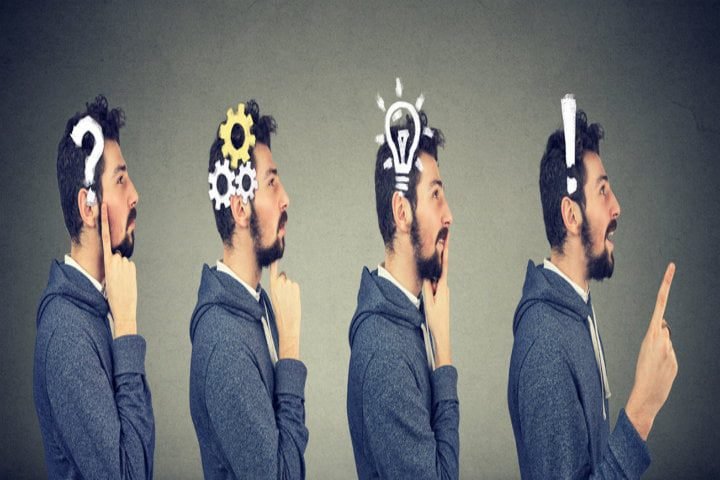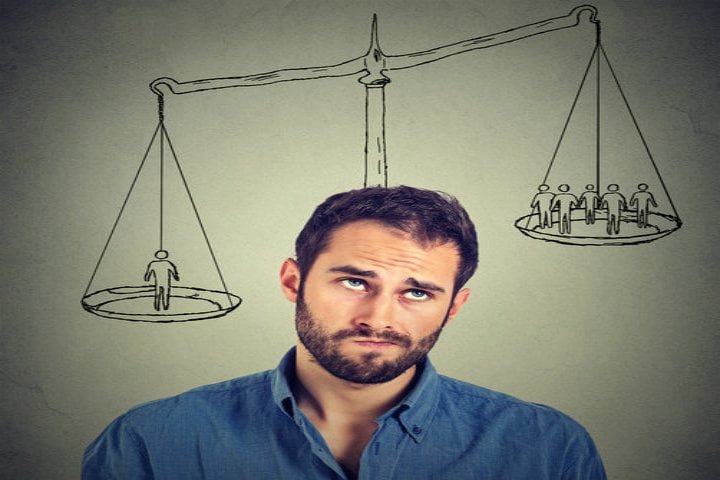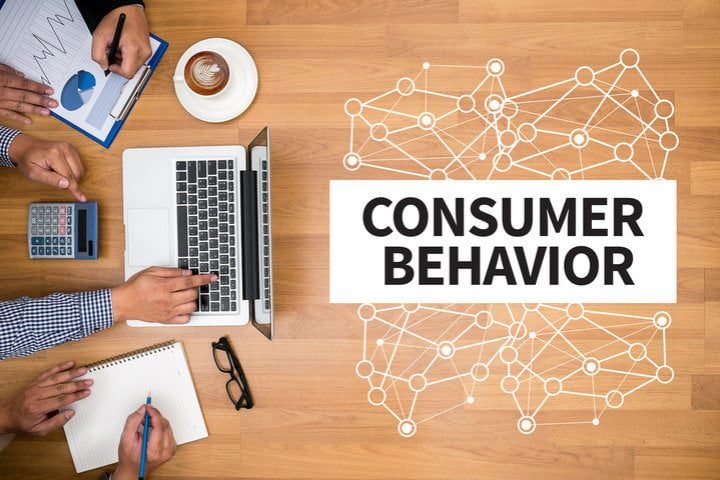Perception Process in Consumer Behaviour in the Digital Age
In today’s fast-paced digital world, where the internet provides unlimited choices and information, consumers are overwhelmed with options. Everything from dinner reservations to smartphone purchases requires a complex thought process. It starts with perception, a cognitive process that shapes our choices.
How Perception Influences Consumer Purchase Decisions
The journey of a consumer starts when they decide to make a purchase. Whether it’s a product, service, or experience, the perception process plays a crucial role.
For instance, consider shopping online for a smartphone. Suppose you have to choose between two smartphones, one Android and the other an iPhone from Apple. The perception process begins here when making the final purchase decision.
The cognitive processes of perception include sensation, attention, interpretation, and organizing. These processes filter through the huge volume of information, helping us understand the world around us.

Sensation
The first step in the perception process in consumer behaviour is sensation. Your brain processes the two smartphones’ images. You notice the size, color, and design features.
Attention
Your brain then directs your attention. It is the second step in the perception process in consumer behaviour. You may notice the one that stands out in its physical appearance, like sleekness, construction material, camera placement, etc. This initial attention can significantly affect your perception.
Interpretation
Your brain interprets what you see. The iPhone may seem exciting and innovative, while the Android may seem practical and cost-effective. This third step in the perception process in consumer behaviour is influenced by your personal experiences, cultural background, and values.
Organization
After interpretation, your brain organizes the information into a picture. It creates mental categories for each phone. One is “innovative and exciting,” the other “practical and cost-effective.”
But it doesn’t stop there. External elements like product descriptions, consumer feedback, offers and deals, etc. influence your opinion. The perception process in consumer behaviour has become more complicated in the digital age.
We quickly encounter a lot of information online. Online retailers flood us with options, reviews, and ratings. Social media is full of influencers and ads. All of this adds layers to our perception process.
Therefore, as informed and intelligent consumers, we must carefully consider how these external factors affect our perception process. Also, each piece of information should be appropriately assessed for biases and the source’s reliability. Our responsibility is to be more aware of perceptions when buying in the digital age.
Consumer behaviour is heavily influenced by perception. The perception process is a fundamental aspect that shapes our purchasing decisions.
Selective Attention

Think about walking through a busy mall. Your mind isn’t absorbing everything amidst the crowd, noise, and attractive advertisements. Instead, it’s selectively choosing what to focus on. Your motivation, cultural background, and current physiological state influence this selection.
You see that bright new gadget in a store display because you love technological devices, but you might overlook the high-end cookware business nearby if you don’t cook. Selective attention shapes your views and decisions.
Selective Distortion

After paying attention, your mind starts to connect it to the past. Connecting what’s new to what you already know. This process helps you understand the present through your past.
Imagine finding a new smartphone with innovative features. Your brain immediately recalls previous smartphone experiences. This selective distortion makes the new model more appealing if you’ve liked the same brand before.
Selective Retention

Our brains absorb information constantly. Strangely, we forget most of it. Instead, we recall only what supports our existing opinions and viewpoints. This keeps information from overwhelming us.
You’re more likely to remember positive product reviews on the internet if you’re considering buying. Negative reviews may not stick because they don’t match your purchase intention. In the digital age of information overload, selective retention helps us stay focused.
Need, Want, and Desire
Now, let’s talk about the driving forces behind our purchasing decisions: needs, wants, and desires.
Needs
Needs are life’s necessities. We can’t live without food, housing, clothing, and safety. These essentials drive our consumption.
Wants
Wants are a step beyond needs. Something we want but can live without. This includes wanting a bigger TV or cars. These wants go beyond survival to comfort and pleasure.
Desire
Desire is an extension of a “want” to fill the gap. This is like the burning desire for the latest mobile phone or luxury vacation. Desires often bring significant emotional satisfaction.
Needs are primarily physiological, driven by our requirements for survival. Wants and desires, on the other hand, are more psychological. They are shaped by our emotions, aspirations, and societal influences.
Selective attention, distortion, and retention coexist with our needs, wants, and desires to shape our decisions. For a marketer, understanding and reacting to consumer behavior patterns is crucial in the ever-changing marketplace.




